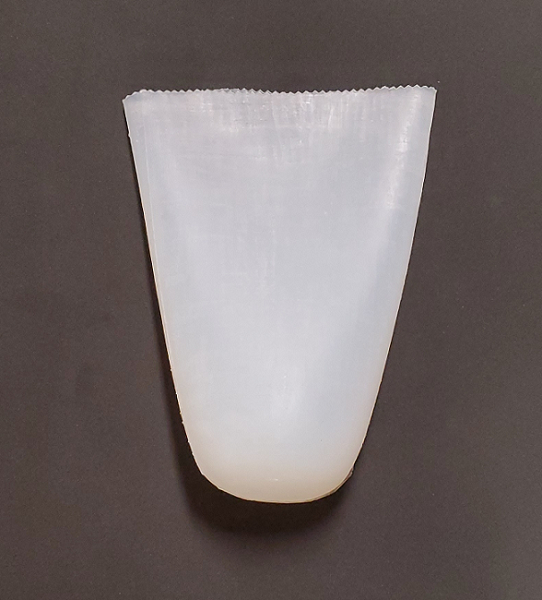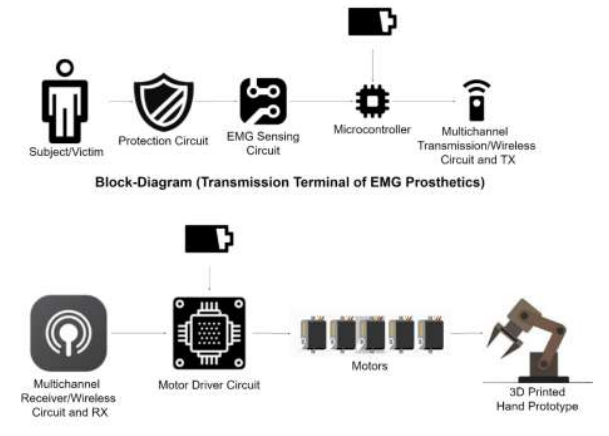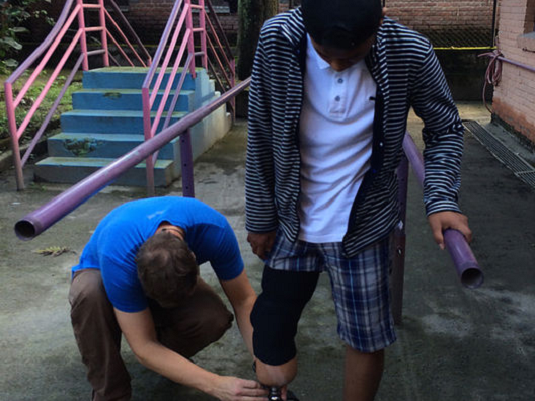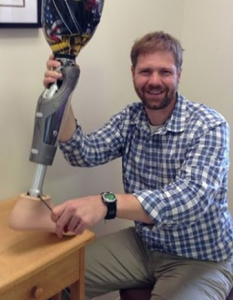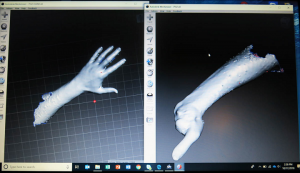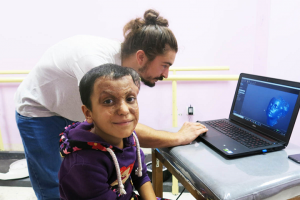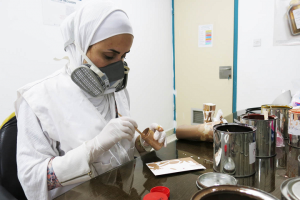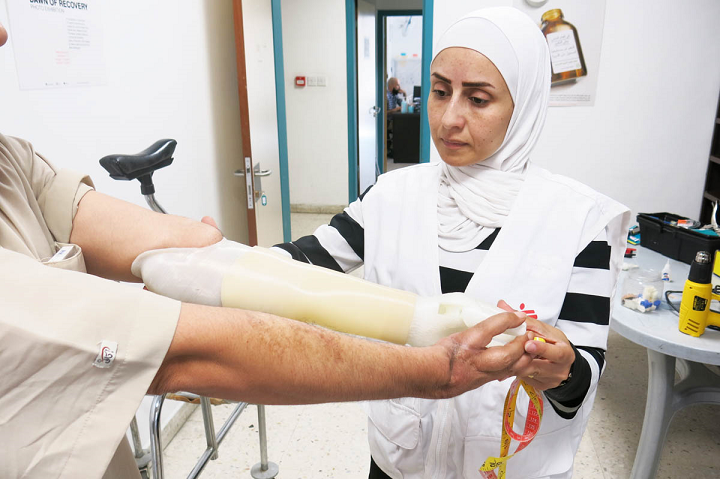Last January, Certified Prosthetist-Orthotist (CPO) Jeff Erenstone, the Chief Technology Officer of Create O&P, decided to leave the company he co-founded in order to continue advancing and improving clinical and prosthetic care in the developing world.
In addition to treating patients in his upstate New York clinics, he has now focused all of his attention on Operation Namaste, the non-profit organization he co-founded that is working to ensure amputees around the world have easy access to comfortable prosthetic care.
According to the organization’s website, it helps “determined people achieve by providing tools and support to Orthotic and Prosthetic practitioners in Nepal and beyond.”
Operation Namaste has worked on several helpful projects, such as hosting a summit on prosthetics and orthotics, setting up Camp Namaste for Nepalese children with limb differences, helping a Paralympic hopeful play basketball, and completing the Nepal Warrior Trek, where a team of amputees and business owners traveled to the country to raise awareness and financial assistance for victims of the 2015 Nepal earthquake.
Its latest project is SILC (silicone interface liner comfort) Solutions, which is a system for fabricating silicone liners locally. In October, Operation Namaste volunteers took a trip to Kathmandu, Nepal to test out the new program, which will work to improve prosthetic care – using 3D printing – in developing countries.
“Part service trip and part trek, this trip featured a team of prosthetists, a physiotherapist, and an amputee peer counselor who toured the beautiful country of Nepal, visiting several prosthetic clinics along the way and putting on an educational summit for Nepali practitioners discussing the latest care techniques,” the website stated about the organization’s Nepal Trek 2019.
Prosthetic liners go between an amputee and their prosthesis in order to increase mobility and comfort…which is great for patients in high-income countries with either medical insurance or the money to pay for them.
Erenstone said, “Without prosthetic liners, amputees would not be summiting the Himalayas, returning to active-duty military service, and competing against able-bodied athletes in Olympic sports.”
Unfortunately, these liners are not readily available, or are too expensive, for most amputees in low-income, developing countries like Nepal.
Operation Namaste’s new SILC Solutions method uses CAD-designed, 3D printed molds to create standard-sized silicone liners. Compared to typical liners, which can cost upwards of $200, the sustainable ones created by the organization will cost less than $50 to fabricate – making them far more accessible to amputees in developing countries.
Erenstone has firsthand experience in seeing the positive difference that a quality prosthetic liner can make in the life of an amputee, especially in places like Nepal.
“I’m really excited for this project take off in Nepal, and beyond. Our goal here was to make liners affordable, accessible, and sustainable, and I think we are achieving that,” said Erenstone.
ROMP (Range of Motion Project), a Colorado-based nonprofit organization with dovetailing goals, is partnering with Operation Namaste to help achieve the goal of improving prosthetic care all around the world.
“Gel liners are just not within reach for most people in developing countries,” said Eric Neufeld, the chair of the board at ROMP. “This has been a limiting factor in the quality of care for amputees.”
During Operation Namaste’s recent trip to Nepal, the team of volunteers successfully tested out the new SILC Solutions program, determining that it was possible to use 3D printed molds to make lower cost prosthetics anywhere. The organization plans to finalize its SILC prosthetic liners ahead of another planned trip to Nepal in spring 2020, where volunteers will deliver necessary materials to fabricate the liners and train practitioners on the process.
Discuss this news and other 3D printing topics at 3DPrintBoard.com or share your thoughts in the Facebook comments below.
[Images: Operation Namaste]
The post Operation Namaste Making 3D Printed Molds for Prosthetic Aligners in Nepal appeared first on 3DPrint.com | The Voice of 3D Printing / Additive Manufacturing.



